SUMMARY
This is AI generated summarization, which may have errors. For context, always refer to the full article.
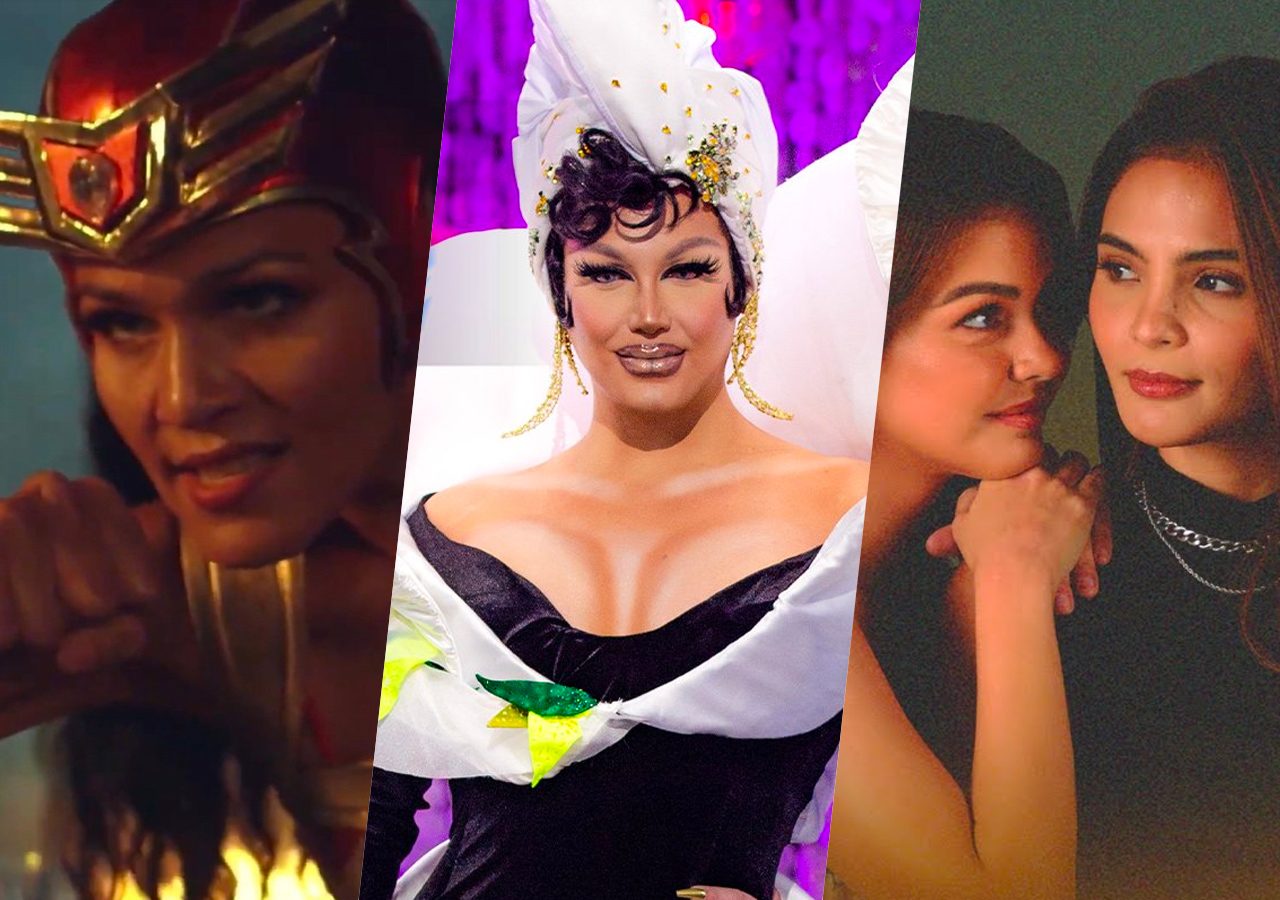
During the height of the ABS-CBN shut down in May of 2020, the now-National Artist for Film, Sir Ricky Lee, told us in his online scriptwriting workshop that the abolition of the broadcasting giant amid a public health crisis was an unprecedented feat that bares comparison to the Martial Law era.
A third of the network’s news workforce was laid off, legacy services were shut down, and productions had to be delayed or postponed indefinitely in the interest of cost-cutting. Before the workshop ended, Sir Ricky reminded us that the so-called “Golden Ages” of film and television typically arrive during or after times of crisis and political instability, conveying to us, with an unabashed glint of optimism, to chin up and do what artists have always done: prevail.
Despite lockdowns demanding more rigid productions and media franchises constantly being subject to political uncertainty, television during the pandemic has become home to shows that push the boundaries in terms of form, content, and what’s allowed to be discussed in the country. The adaptability of local artists in these dire times has resulted in a catalog of socially conscious, pluralistic, and truly inclusive works of art that earmark a changing tide in the media landscape.
What constitutes a Golden Age?
Identifying a Golden Age in the current time frame is undeniably tricky. Part of the constraint stems from the present television canon still being subject to ongoing reformulation and reevaluation. Compare it to the more scholarly defined Golden Ages of Philippine cinema (the first in the 1950s after World War II and the second roughly from the middle of the 1970s to mid-’80s during the Marcos regime), which have been peer-reviewed by film essayists such as Bienvenido Lumbera and Joel David.
There isn’t a one-size-fits-all standard for Golden Age content. Still, this era is usually distinguished by a strong pedigree of quality output marked by triumphant achievements in direction, narrative, performance, and technical skill. Scholars also point to recognition in foreign festivals as an indicator of success, like how Manuel Conde’s Genghis Khan made its mark at the Venice Film Festival and Lamberto Avellana’s Anak Dalita won at the Asia-Pacific Film Festival during the First Golden Age.
In the realm of television, there have been lots of contenders for Golden Age status. Concurrent with the 1960s television boom were shows like John en Marsha, The Nida-Nestor Show, and Student Canteen. The ‘90s saw iconic programs such as Home Along Da Riles, Ang TV, and Mara Clara. And who could forget the rise of fantasy teleseryes like Encantadia, Mulawin, Super Inggo, and Da Adventures of Pedro Penduko in the 2000s? But, what makes this current period a promising starting point for a Golden Age is that it comes during a black swan event (the global pandemic) and an untenable political situation for dissenting media companies.
Which are the golden shows?
2 Good 2 Be True and He’s Into Her are rousing reaffirmations of the tried and tested enemies-to-lovers trope that enlivened the romantic teleserye genre for years. In the past two years, KathNiel, DonBelle, SethDrea, KDLex, and ShaiRu were among the love teams that offered comfort pillows to home-ridden audiences, proving that casual kilig shows can still energize a waning market.
Boy’s Love, sometimes known as “BL,” was a novel concept that took the romance genre by storm. Coinciding with the popularity of 2gether: The Series, a Thai BL show, the genre spawned countless pandemic shows, most notable of which were the Emmy-nominated Gameboys, Hello Stranger, Gaya Sa Pelikula, and Love Beneath the Stars, to name a few. These shows visibilized the stories of gay and bisexual relationships, allowing them to take the limelight rather than being relegated as side characters or victims of tragedy. It didn’t take long for ship names like EliKoy, XavMi, and DomLuke to become industry norms alongside conventional heterosexual pairings.
Of course, television isn’t what it used to be. Over-the-top (OTT) platforms, or services that bring media to consumers through the internet, have steadily grown. More than one in three Southeast Asian users now stream OTT content, increasing the demand for services like iWantTFC, WeTV, Cignal Play, HBO GO, and VivaMax. The rapid technological advancements have left MTRCB with little to no power in regulating streaming services, inadvertently leading to more daring programs, for better or worse.
One way OTT platforms have disrupted the industry is by offering shows that easily could have been films themselves. The interabled queer romance series Sleep With Me delivered a cinematic six-episode arc that won the audience award at the Outfest LGBTQ+ Film Festival in Los Angeles. On The Job 2: The Missing Eight was branded as a six-part miniseries by HBO GO but nevertheless received a 5-minute standing ovation when presented as a feature-length work at the Venice Film Festival. Even more recent is The Broken Marriage Vow, which won for “Best TV Format Adaptation” in the 2022 ContentAsia Awards.
In addition, artists saw that OTT was the ideal platform for content rarely found on cable television. WeTV’s The Kangks Show and ABS-CBN’s Viral Scandal both addressed issues surrounding sex – the former using humor to demystify and de-stigmatize the subject, and the latter confronting the hypocrisies and injustices that occur when sex is villainized. Cignal Play’s Now Streaming pulled off a horror anthology that captures the waking nightmares of pandemic living. Meanwhile, Viu’s Still and iWantTFC’s Lyric and Beat demonstrated that musicals could inject the television landscape with much-needed zest and theatricality.
Diverse on-screen representations are also seeing more traction in this era. Aside from empowering the local drag community, an import like Drag Race Philippines was able to embrace local cultural artifacts, as seen in its jeepney-inspired promos. GMA’s Legal Wives bridged the gap between Filipino mainstream audiences and Muslim culture by showing the vibrant lives of Maranao royals. Let’s also not forget Trese for its animated love letter to Filipino folklore and mythology.

Primetime offerings like Darna and Lolong have looked fantastic both in terms of their socially conscious content (the ongoing corruption of public servants and the illicit exploitation of nature and its habitats) and progressively sharper visual effects (Lolong featured a 22-foot-long practical animatronic crocodile), further underscoring the belief that talent was never an issue when it comes to local creatives.
Noteworthy as well is the influx of independent and mainstream directors into television during this time, like Treb Monteras II, Perci Intalan, Samantha Lee, JP Habac, Zig Dulay, Antoinette Jadaone, and Jun Lana. Lav Diaz will also make his small screen debut with Servando Magdamag, which promises to depict the agrarian issues that prevailed during the debunked Marcos “golden age.”
The proverbial light at the end of the tunnel was hard to imagine two years ago. However, the flurry of quality television shows — too numerous to list here — proves that there are still fertile grounds for artistic productivity and creative inspiration. What’s exciting is that we still don’t know how this proposed Golden Age will turn out. It can end up middling or, worse, a fluke. But, if history is any indicator, we should be primed for some seriously good content coming our way. – Rappler.com
Add a comment
How does this make you feel?
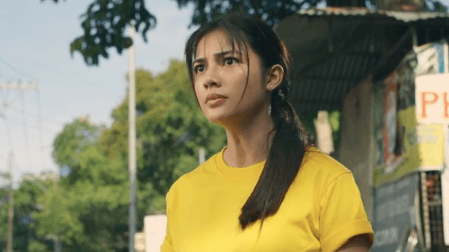
![[Only IN Hollywood] As his films go to Rome, Marseille, Lav Diaz makes 1st TV series as writer-director](https://www.rappler.com/tachyon/2022/07/lav-diaz.jpg?fit=449%2C449)
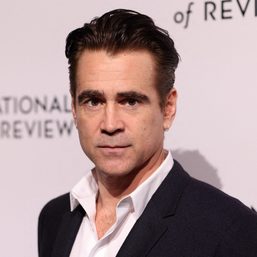
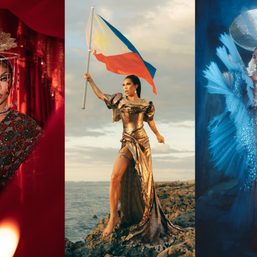
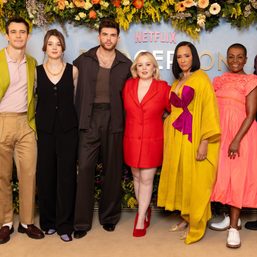


There are no comments yet. Add your comment to start the conversation.